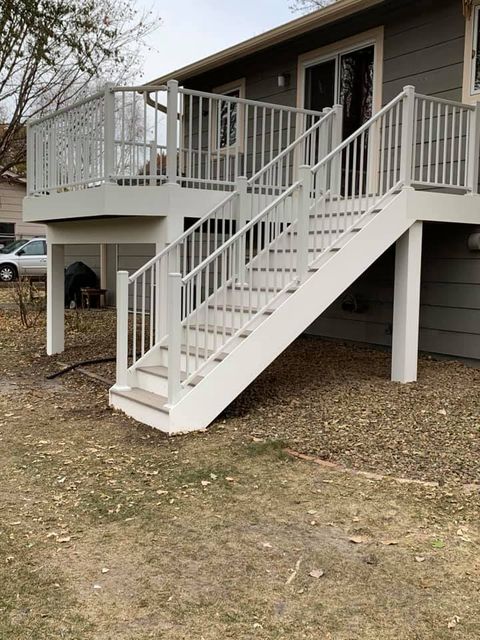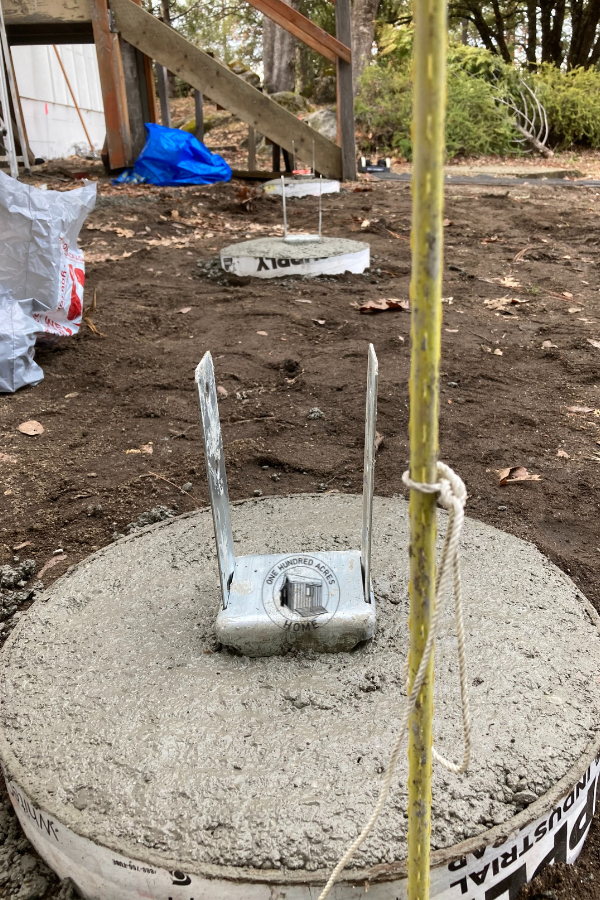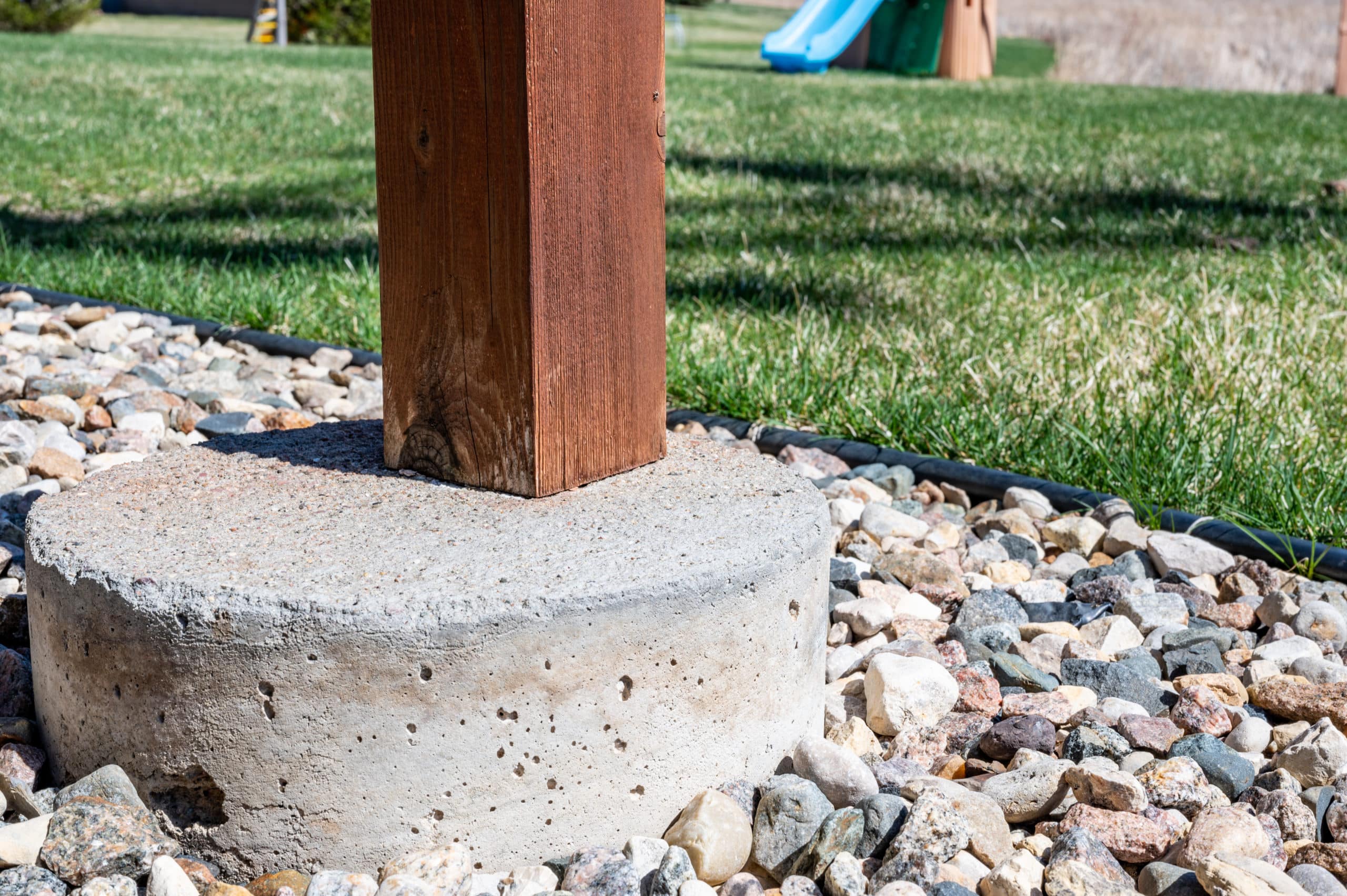Architectural Stability Matters: Choosing the Right Deck Footings for Your Outdoor Job
Professional Tips for Setting Up Deck Footings to Support Your Outdoor Room
When it comes to constructing a deck, one of the most vital elements to consider is the setup of appropriate grounds. These grounds are the structure upon which your exterior area will rest, giving security and assistance for years to come. What precisely does it take to install deck footings properly?
Significance of Appropriate Deck Footings
Appropriate deck grounds are essential for guaranteeing the stability and durability of your outdoor room. Without solid and effectively installed footings, your deck might end up being unstable, leading to security risks and pricey repairs.

Along with security, appropriate deck footings also contribute to the longevity of your outdoor room (Deck Footings). Grounds that are designed and constructed to endure the components and soil problems in your location will certainly help prevent the deck from shifting or clearing up gradually. By ensuring the grounds are correctly sized and installed, you can decrease the threat of damages to the deck framework, extending its life-span and decreasing the need for expensive fixings or replacements

Picking the Right Kind Of Footings
When choosing the ideal type of footings for your deck, it is essential to consider aspects such as soil conditions, local building ordinance, and the overall style of your outside room. The kind of footing you pick will certainly play a crucial function in making sure the security and long life of your deck.
One usual kind of footing is the concrete ground. Concrete footings appropriate for a lot of dirt problems and provide excellent support for decks. They are generally installed below the frost line to stop changing and working out due to cold and thawing cycles. An additional choice is helical piers, which are suitable for locations with unstable dirt or high water tables. These piers are screwed into the ground and provide solid support for the deck.
Sometimes, you might require to make use of specific grounds, such as heap grounds or deep structures, if you are building a huge or multi-level deck. These footings are designed to distribute the weight of the deck over a larger location, making sure security and avoiding sinking or working out.
Prior to picking a sort of footing, it is important to consult neighborhood building regulations and policies to ensure compliance. Furthermore, take into consideration the style and intended usage of your outside space. Elements such as the dimension, form, and load-bearing demands of your deck will certainly affect the type of footing that is most ideal.
Preparing the Ground for Footing Installation
To correctly prepare the ground for footing setup, it is crucial to analyze the dirt conditions and take required actions to make sure stability and resilience of the deck. The first step is to dig deep into the location where the grounds will be set up.
As soon as the location has actually been dug deep into, the next step is to portable the soil. This can be done utilizing a plate compactor or by utilizing a hand tamper. Compacting the dirt aids to remove any spaces or air pockets, which can result in working out and instability gradually.
After condensing the dirt, it is necessary to lay a layer of gravel or smashed rock at the end of the excavation. This will certainly offer water drainage and assistance to stop water from pooling around the grounds, which can bring about erosion and instability.
Step-by-Step Overview to Setting Up Deck Footings
After correctly preparing the ground for footing setup, the following step is to begin the process of mounting deck grounds. This step-by-step overview will provide you with a clear understanding of how to set up deck footings for your exterior space.
Establish the location: Beginning by marking the positions of the deck footings making use of risks and string. Make sure that the locations line up with the layout and format of your deck.
Dig the openings: Utilize a post hole digger or an auger to dig the holes for the grounds. The depth and diameter of the holes should remain in conformity with regional building regulations and the details needs of your deck layout.
Level the holes: Use a level to guarantee that the holes are dug to the proper depth and are level with each other. (Deck Footings)
Include crushed rock: Location a layer of gravel at the end of each opening to boost drain and stop the timber from deteriorating.
Put the grounds: Place the footings into the holes, ensuring they are level and plumb. Make use of a degree and a gauging tape to guarantee accuracy.
Protect the grounds: Put concrete right into the holes around the grounds, filling them to the top. Use an article level to make certain the grounds continue to be level as the concrete collections.
Enable time for curing: Allow the concrete cure according to the maker's instructions before proceeding with the deck building and construction.
Usual Blunders to Stay Clear Of During Footing Installation
One crucial aspect to consider throughout the setup of deck grounds is preventing usual errors that can compromise the security and long life of your exterior room. While deck footings may feel like a straightforward and simple part of the construction process, neglecting specific elements can cause expensive repairs and potential security hazards down the line.

Furthermore, overlooking to set up appropriate drain procedures can cause water to accumulate around the footings, bring about rot, degeneration, and the ultimate weakening of the deck's foundation. In addition, utilizing the wrong kind of footing material or falling short to properly safeguard the grounds can endanger their structural honesty.
To stay clear of these mistakes, it is necessary to talk to an expert or comply with industry guidelines to make certain proper ground installation. By doing so, you can guarantee the security and durability of your exterior area, providing a pleasurable and secure atmosphere for many years to come.
Final Thought
To conclude, mounting appropriate deck footings is important for the stability and long life of your outside room. By choosing the right kind of grounds and adequately preparing the ground, you can make sure a solid structure for your deck. Complying with a step-by-step guide and preventing typical errors throughout footing setup will further boost the durability and safety and security of your deck.
Correct deck grounds are necessary for making certain the stability and longevity of your outside area. The grounds offer as a link in between the ground and the deck, enabling the weight of the deck and its owners to be distributed uniformly into the soil.One usual type of ground is the concrete footing. Put the grounds: Place the footings right into the holes, making sure they are degree and plumb. Protect the my sources footings: Pour concrete right into the openings around the footings, loading them to the top.